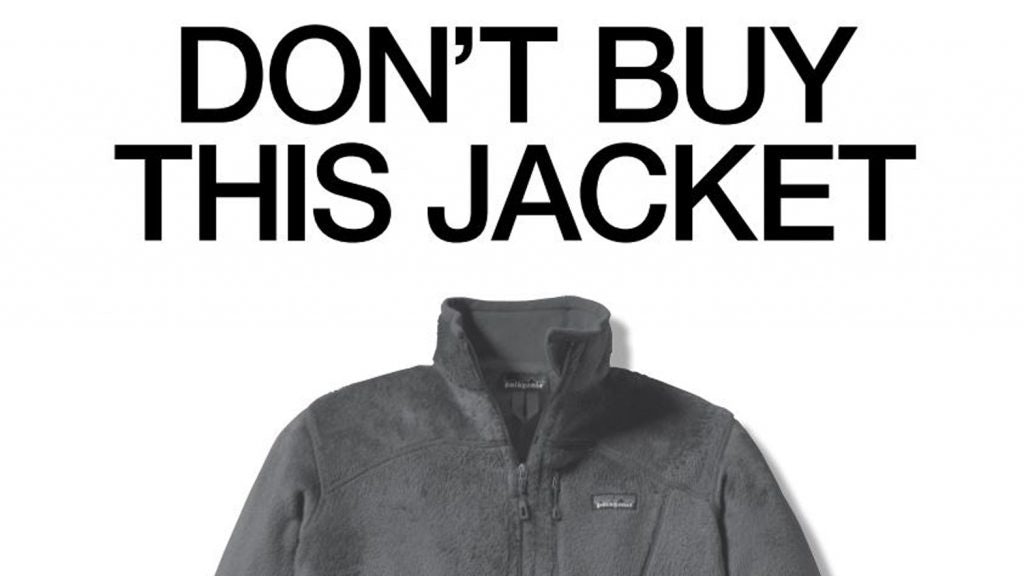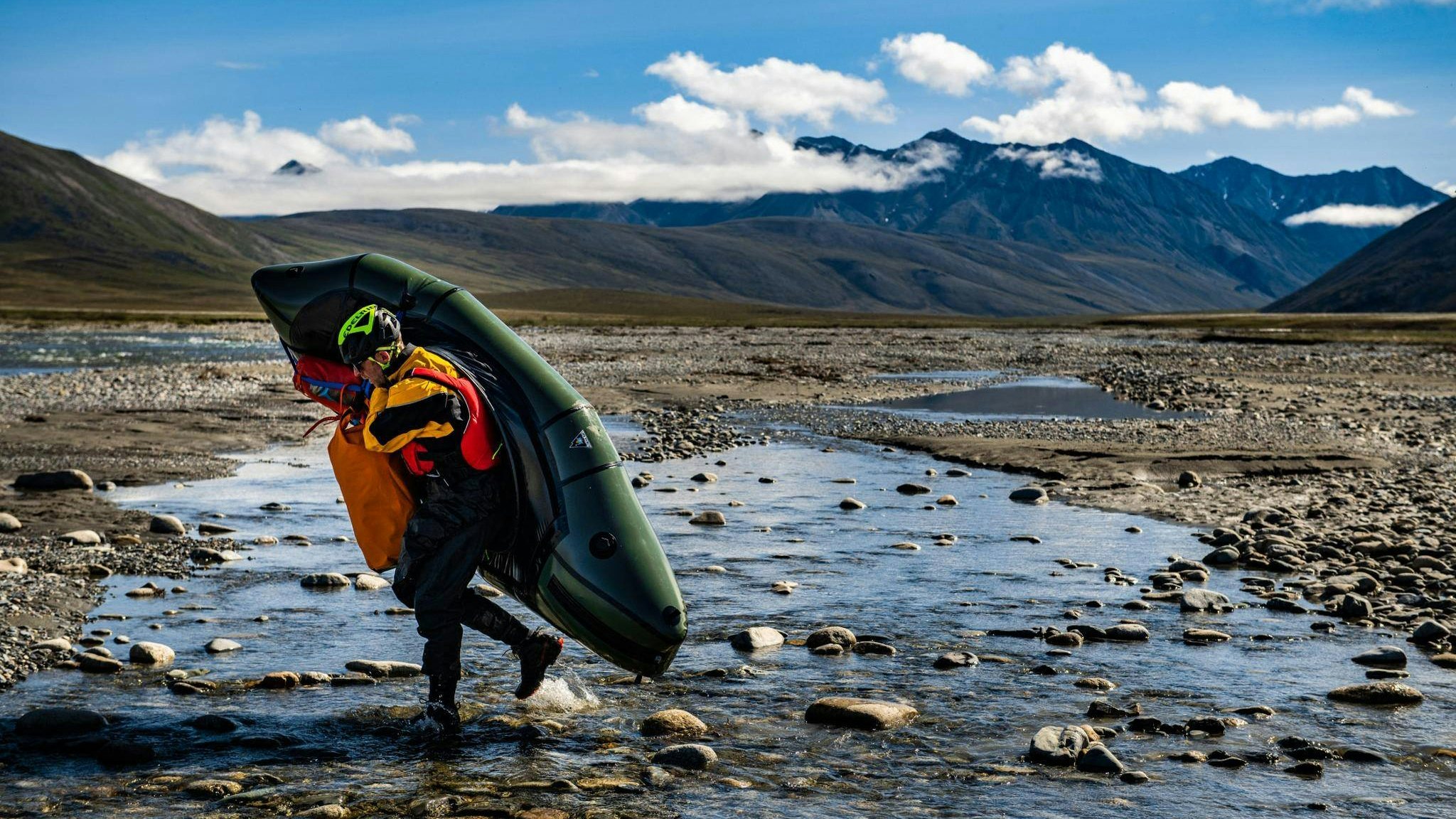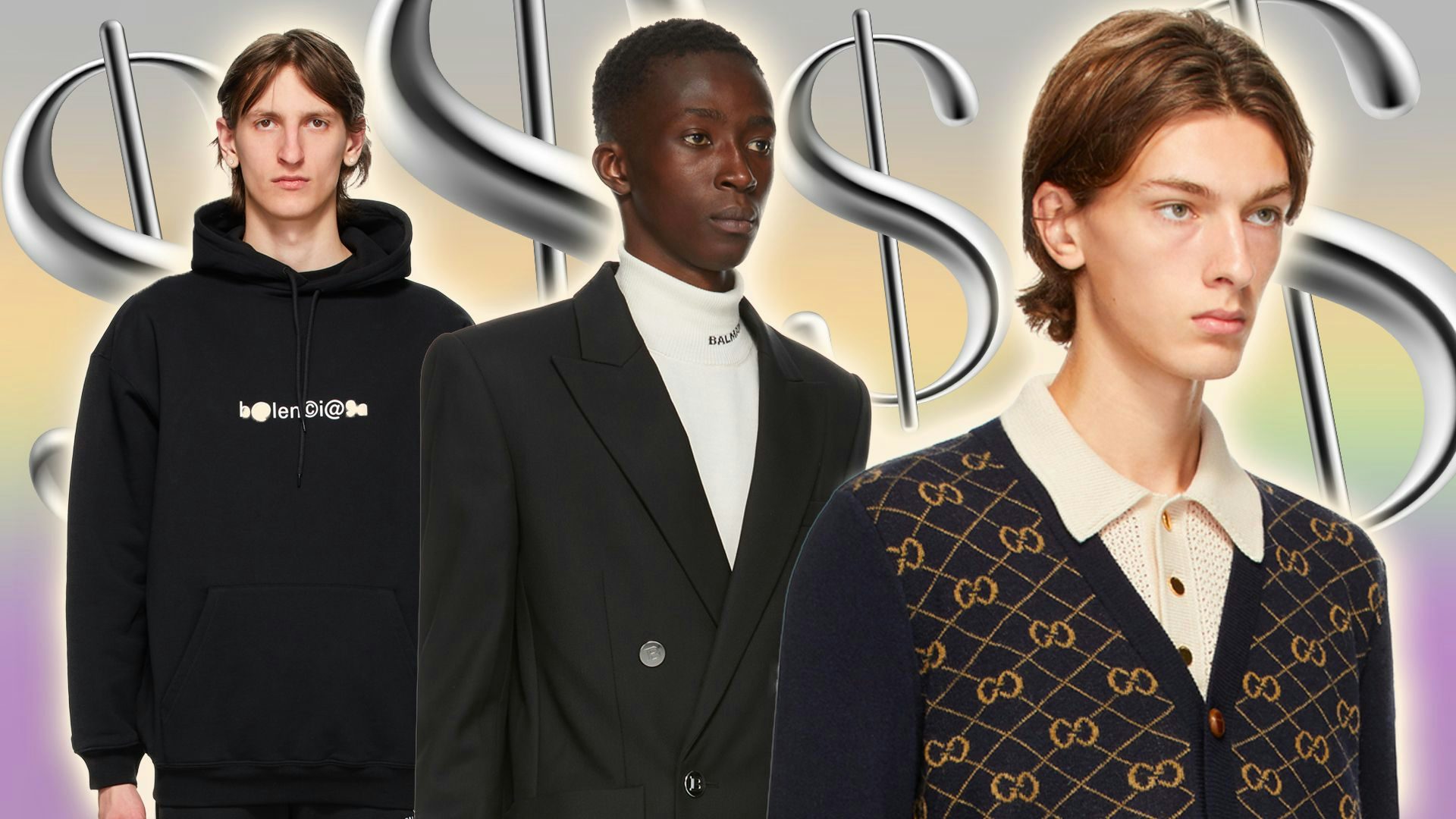Key Takeaways:#
Ten years ago, Patagonia ran a counterintuitive ad to tell consumers to buy their product less and be reasonable — benefitting its business greatly.
- Luxury items should be built to last, get repaired, and handed down to the next generation. It’s time luxury brands lived up to these expectations.
Patagonia serves as a textbook example of how brands can win when product and purpose go hand in hand.
Patagonia, a California-based outdoor clothing brand founded in 1973 by colorful entrepreneur Yvon Chouinard — who started as a rock climber and turned into one of the most vocal environmentalists in the business world — is a poster child for buying less, protecting the planet, and giving back. Chouinard starts his book “Let My People Go Surfing: The Education of a Reluctant Businessman” by stating, “I’ve been a businessman for almost sixty years. It’s as difficult for me to say those words as it is for someone to admit being an alcoholic or a lawyer. I’ve never respected the profession.”
In a similarly provocative quote, he writes, “We believe the accepted model of capitalism that necessitates endless growth and deserves the blame for the destruction of nature must be displaced.” Starting in 1985, Patagonia has been giving 1 percent of its annual sales to projects related to protecting the planet. And in late 2018, Patagonia’s mission was even changed to state that the company is “in the business to save our home planet” — nothing less. What about making consumers comfortable when they go out or protecting them from the elements? Sure, but that’s a given. The company has a purpose at a much higher level.

In November 2011, Patagonia ran an ad in the New York Times that still serves as a case study in branding. The ad, showing a Patagonia jacket, simply read: “Don’t buy this jacket.” The environmental cost of everything we make is astonishing.” It ran on Black Friday, a day during which consumers in the US hunt down deals, spend beyond reason, and likely waste a lot. The ad also encouraged Patagonia customers to take a pledge, the Common Threads Initiative, which is essentially a deal between the brand and the public to consume goods more responsibly. It includes the five following commitments:
Reduce#
We#
make useful gear that lasts a long time
You#
don’t buy what you don’t need
That in itself is anti–“fast fashion.”
Repair#
We#
help you repair your Patagonia gear
You#
pledge to fix what’s broken
That in itself is common sense or at least anti-waste.
Reuse#
We#
help you find a home for Patagonia gear you no longer need
You#
sell or pass it on (eBay is a great place to start)
That in itself is the definition of a circular economy, with the following pledge.
Recycle#
We#
will take back your Patagonia gear that is worn out
You#
pledge to keep your stuff out of the landfill and incinerator
Reimagine#
Together#
we reimagine a world where we take only what nature can replace
Call this naive or suicidal, but the so-called Patagonia paradox — the theoretical contradiction between profits and purpose — can be resolved if consumers share the company’s values.
Patagonia has increased its bond with its consumers. And yes: It has counterintuitively increased its sales because many consumers would rather go to a brand with convictions and values than one that is just about making money. Chouinard is critical of entrepreneurs who grow a company and make money, only to give some back after they retire. In his view, you have the responsibility to give back all along. He also accuses many companies of “greenwashing” or pretending to be environmentally friendly to placate consumers, when in reality, the companies are simply obsessed with pursuing growth.
I am not saying luxury brands should embrace the Patagonia way, but embracing the idea of “buying less but better” and having a genuine purpose — something that is not gimmicky or made up — will go a long way.
Stella McCartney, a successful advocate for sustainability in the fashion world, looks at the industry with some cold common sense. Fashion is likely to generate up to 25 percent of global emissions if nothing is changed. Yet McCartney believes consumers will force the fashion industry to change because consumers are aware of these issues.
In the meantime, she announced the launch of a UN charter for sustainable fashion in late 2018. In an interview following that announcement, she told Business of Fashion that, for her, luxury is living in a world with fresh air and clean water (she has a point.) Luxury does not have to be about flashy colors or logos. A “New Luxury” could be about knowledge, respect, and values.
With time, knowledge, and money, consumers will ascend Maslow’s pyramid of hierarchical needs. But more importantly, they should move on from the “look at me — I’ve arrived” mentality to one where purchases are more for themselves and align with their values. In the old luxury paradigm, consumers flocked to brands first and then bought products from brands that may or may not have held values. But, in the future, customer needs will start with values, followed by the products, and then end with brands.
Erwan Rambourg has been a top-ranked analyst covering the luxury and sporting goods sectors. After eight years as a Marketing Manager in the luxury industry, notably for LVMH and Richemont, he is now a Managing Director and Global Head of Consumer & Retail equity research. He is also the author of Future Luxe: What’s Ahead for the Business of Luxury (2020) and The Bling Dynasty: Why the Reign of Chinese Luxury Shoppers Has Only Just Begun (2014).

